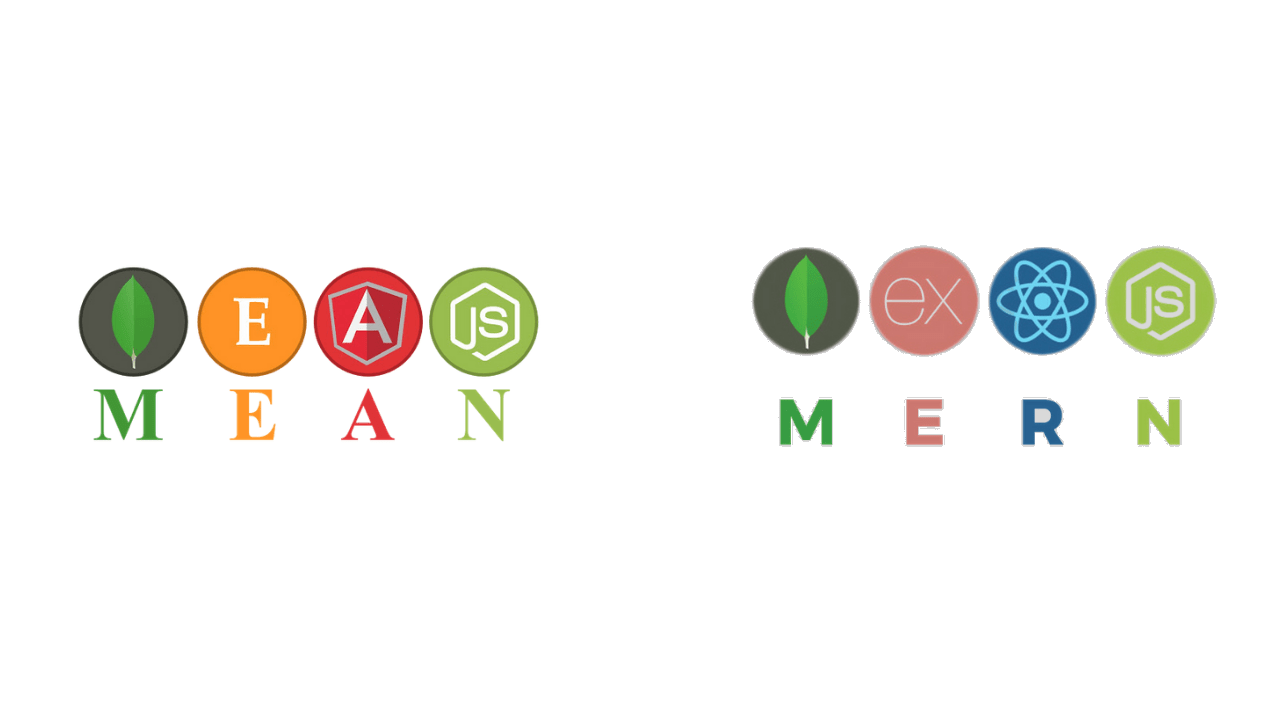
A technology stack is a set of programming languages, technologies and frameworks. A technology stack ensures an integrated and uninterrupted development procedure, adding perfect balance and flexibility to any project.
In the earlier days, separate developers were working on CSS, HTML or JavaScript. But now, a full stack developer can handle everything, including Frontend, Backend, Database to User Interface with the blend of tools and the software products which work perfectly in combination.
In web development, full-stack development is fast becoming the norm. Now, what is full-stack development? It offers the ideal solution for frontend, backend, testing and mobile application. A full-stack developer is capable of working on the whole design structure of any web project.
The very term ‘stack’ in web development came into existence during the start of the LAMP stack, which was the earliest open-source full-stack development bundle comprising the capacities of Linux OS, MySQL DB, PHP Programming Language, and Apache Server. Following the LAMP stack emerged the MEAN and MERN stacks.
These are the two highly demanding technology stacks that corroborate a robust, lively, and skilful implementation of any software project.
Selecting a comprehensive technology stack for the web or mobile application development project often leads to a choice between MEAN stack and MERN stack.
The MEAN stack
MEAN indicates the full-stack JavaScript framework aimed at developing websites and web applications that are complex.
MEAN is an abbreviation of the four technologies MongoDB, Express, Angular and Node.js — it is made of. It brings the most competent tools for mobile and web application development to make things easier and speedy, ultimately making it a favoured option for enterprises, searching for a technology stack that uses multiple plugins and decreasing the time required for system administration.
The MERN stack
Also, MERN is the open-source technology stack, a combination of MongoDB, Express, React, and Node.js, the JavaScript-based frameworks. This preferred technology stack helps build a highly efficient end-to-end framework for web development, helping to develop web and mobile applications faster and simplified.
Explaining MEAN stack vs. MERN stack
There is a similarity between MEAN stack and MERN stack because they have three out of four components similar.
MongoDB is the NoSQL document database for storing data in the JSON format, allowing multi-cloud data distribution. This one is secure. Data visualisation, manipulation, and sharing are made more straightforward via this one.
Express is the framework for open-source backend web applications. It is used on Node.js. For the faster building of web applications, Express is preferably used, and it is marked by its highly efficient, flexible and minimal nature. For the development of a robust set of features, it’s highly trusted.
Node.js can be defined as the JavaScript open-source runtime environment for running the code outside the browser. Node.js developers can handle multiple connections via a single server. Its asynchronous event-driven character ensures excellent performance.
The critical difference between MEAN stack and MERN stack comes from the technology these stacks apply at the frontend. While the MEAN stack uses the comprehensive Angular platform, the MERN stack employs React to combine with additional libraries.
Angular is the web application framework on open-source, supported by Google developed TypeScript. It easily enables the running of the code in the user’s browser for creating UI components.
The open-source JavaScript library React has been created by Facebook. It helps in building the user interface of mobile applications or the solo-page application.
Both of these stack components offer multiple functionalities needed for better implementation of any web project.
Looking at the various advantages of MEAN stack and MERN stack, one can better explore which one will be more suitable for building any software application competently and effectively.
MEAN stack
This technology stack consists of MongoDB, Angular, Express and Node js.
A javascript framework.
Bidirectional flow of data.
Not supporting mobile applications.
Managing and rendering code made easier.
A steep learning curve.
MERN Stack
This technology stack consists of MongoDB, React, Express and Node js.
An open source js library.
Unidirectional flow of data.
Supporting mobile applications.
Does an effortless rendering.
Much better documentation assured.
MEAN Stack vs. MERN stack — How to Choose One
The critical aspect of using MEAN stack is that the entire code is made of JavaScript. Thus, it becomes easier to explore and develop further. And best of all, the unified offering considerably trims down the project cost and development time.
Ideally, the MEAN stack is the better choice for full-stack development frameworks intended for more significant web projects.
On the other hand, MERN stack facilitates building Niche projects and setting up a CRUD application from beginning to end. React is used by making it easier for managing fast-changing data, delivering a great user interface.
